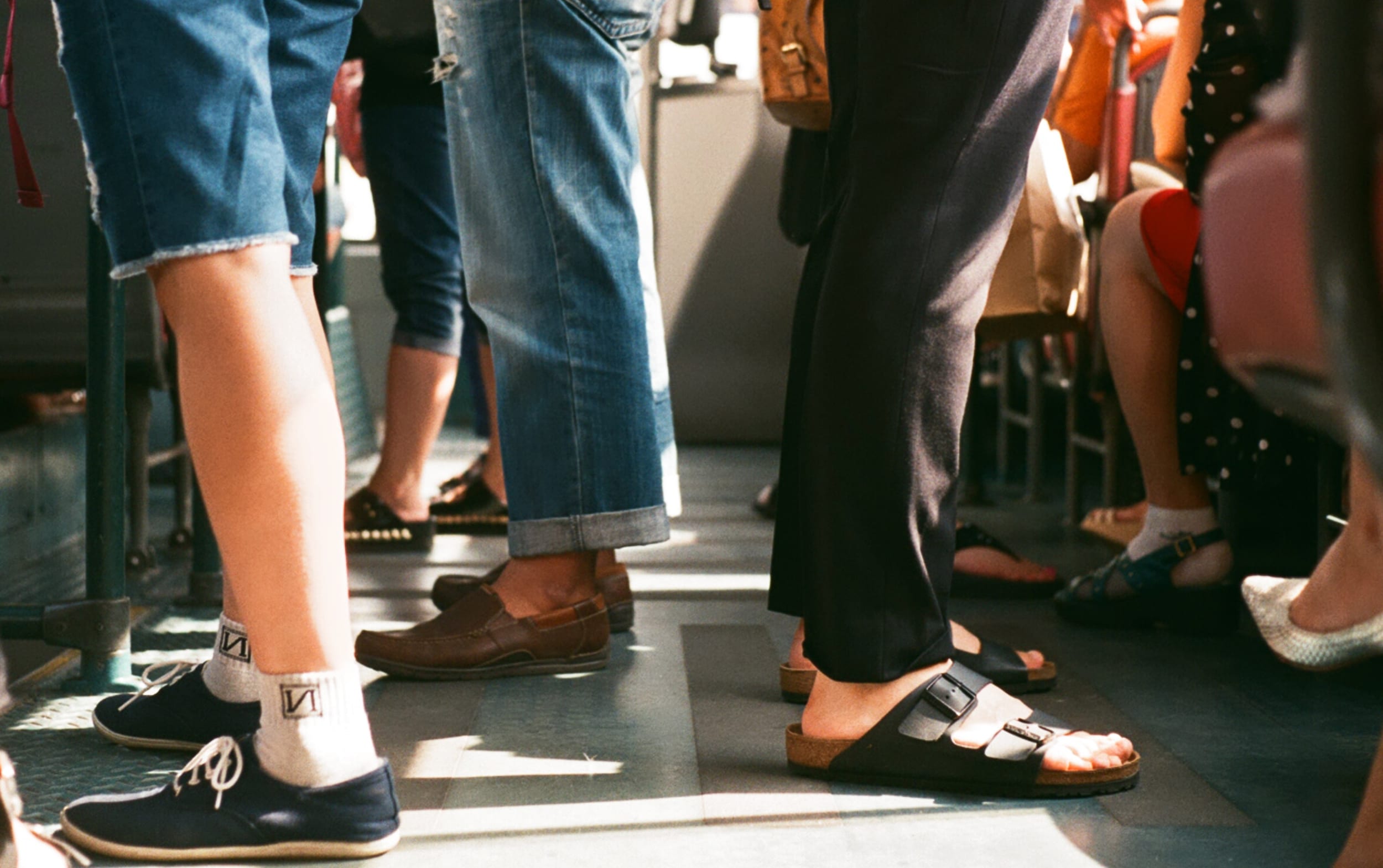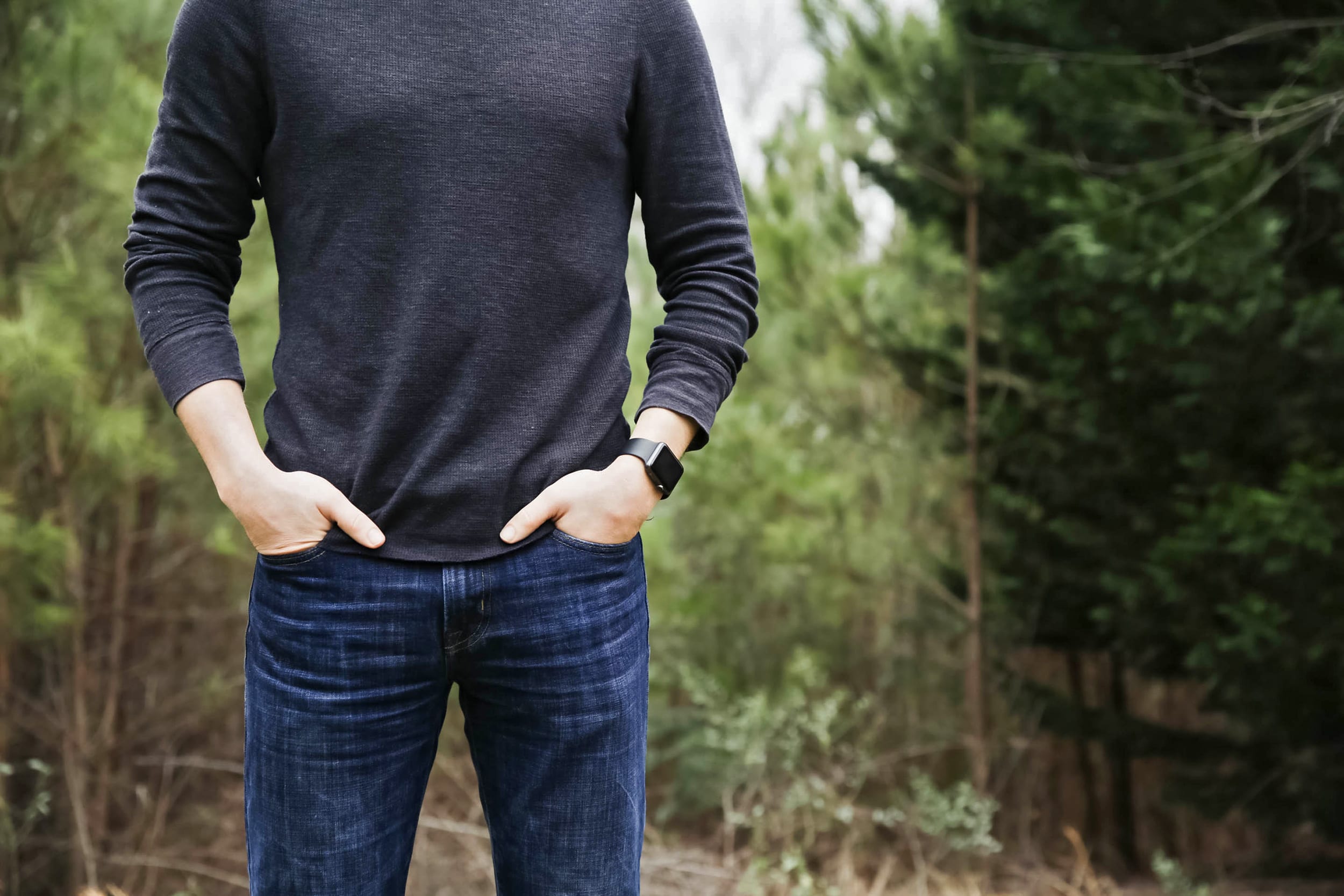How to Find the Best Packable Puffer Jacket for Travel
The Tortuga Promise
At Tortuga, our mission is to make travel easier. Our advice and recommendations are based on years of travel experience. We only recommend products that we use on our own travels.
Table of Contents
For minimalist packers and one-bag travelers, winter is a frustrating conundrum. On the one hand, there’s nothing quite like the joy of stepping out in the first snowfall. On the other hand, snow. Meaning wet and cold.
Not ideal when you have limited clothing.
If you’re like many travelers frustrated by packing heavy winter coats, it’s high time to discover the magic of packable puffer jackets. These jackets keep you warm and dry in even the coldest climates, but they pack down to the size of a water bottle. The word “miracle” comes to mind.
Here’s what to look for in a puffer jacket and a review of some of the best men’s and
Choosing the Best Packable Puffer Jacket
The best packable puffer jacket is a combination of five factors:
- Portability
- Warmth
- Shell Fabric
- Weight
- Water Resistance
Here’s what to look for in each category, regardless of whether you’re shopping for men or women.
Portability
The foremost benefit of a packable puffer jacket is portability. Unlike many winter jackets that have to be worn or carried due to bulkiness (and thus slow you down in the airport or the transition to warmer climates) a puffer jacket is made for easy packing.
Jackets generally come in two types: stuff sack or pocket pouch.
A stuff sack is, well, an external sack you stuff your jacket into. In more technical terms, it’s a sack you can roll your jacket into and further compress with a drawstring. This gets your jacket down to the coveted, highly portable water bottle size. Plus, you don’t have to worry about the jacket unrolling. On the other hand, you’re in trouble if you lose the pouch.
For the disorganized and ultra-lightweight packers, a pocket pouch is the way to go. Instead of an external sack, you can simply roll the jacket into a built-in side or chest pocket. Same compression capacity, but no extra items to keep track of.
Warmth
Since everyone regulates body heat differently, it’s more useful to assess a jacket’s fill power than its warmth rating. Fill power refers to how many cubic inches of loft a single ounce of down covers. Loft is the amount of air an insulating material can trap (i.e. how much body heat the jacket filler can trap).
If you spot a jacket with a 900 fill rating, that means a single ounce of down has 900 cubic inches of loft. Most jackets have a fill rating between 500 and 900. Budget jackets usually run between 650 to 750, while super high-end options can get up to 1000.
You can get a quality jacket by aiming for the sweet spot, something in the family of 800 to 850. However, a jacket rated 650 can still keep you warm, and again, everyone regulates body heat differently. If you run warm, aim for a lower fill rating. If you run cold, aim high.
Shell Fabric
That said, the shell fabric is almost as important as the filling. This is the protective outer layer that keeps you insulated against the elements but also must be tough enough to resist tearing.
The best way to assess shell fabric durability is the denier rating, which is simply the linear density of any given fabric. A higher denier offers greater protection but a heavier fabric, while a lower denier is light but not as protective.
Aim for the middle ground: a denier rating of 10D to 20D.
Weight
On the topic of protection versus heaviness, it’s worth noting that heavier jackets do not automatically mean more protection. In fact, the appeal of puffer jackets is that the loft of the down allows more protection with less weight.
For this reason, puffer jackets are designed to be light. Most will be around 10 ounces.
Water Resistance
Unfortunately, water is a down jacket’s greatest weakness. If it pours cats and dogs, down loses its loft and no longer keeps you insulated.
Manufacturers know this, and they take two steps to make a jacket water-resistant.
The first is hydrophobic down, which is down that receives a durable water repellent (DWR) treatment. This makes water bead off instead of being absorbed by the feathers. The next step is to apply DWR treatment to the jacket shell to keep water from penetrating the core of the jacket in the first place.
The Best Packable Puffer Jackets
With that in mind, you’re ready to start hunting for the best packable puffer jacket.
Since these jackets pack down, length is often a matter of preference. Some jackets are hooded, but not all. This won’t affect their packing power.
Rather than splitting time between men and
Best Overall: Patagonia Down Sweater
The Patagonia Down Sweater is consistently reviewed as one of the best overall packable puffer jackets on the market. It’s an investment, but it’s worth every red cent.
It’s relatively lightweight at around 13.1 ounces and its 3.4 ounces of traceable goose down hit the happy medium with 800 fill. It gives you enough warmth for your wildest outdoor adventures, but it’s easy to pack. It’s the all-around winner for its versatility—it looks good for everyday use, but it can hold its own in heavy weather.
Plus, if you want longevity, it’s worth investing in Patagonia.
That said, it’s not the lightest on the market. The fit isn’t very tailored, but that makes layering easy, so you decide whether that’s a point against the jacket. And at $200+, it’s not a cheap jacket, but again, it’s a jacket that lasts.
Best Lightweight: Mountain Hardwear Ghost Whisperer/2 Hoody
For those who want a truly lightweight jacket, turn to the Mountain Hardwear Ghost Whisperer/2 Hoody. This is an update on the brand’s popular Ghost Whisperer jacket, and it’s well worth the upgrade.
This jacket is actually a small weight increase from the original, but at a mere 8.8 ounces, you won’t mind it. Plus, there are plenty of other appealing trade-ups on the original, like a bit more 800-fill down and a thicker shell which translate to more warmth. But like the original, this jacket is a winner for packability and warmth-to-weight ratio.
Two things did not change between the first and second version: the cuffs and the cut. The fit is awkwardly large and boxy through the torso, and the sleeves aren’t elasticized, so they don’t keep the cold out as well as some other jackets.
Even so, this jacket remains the reigning lightweight champion of packable puffer jackets.
Best Heavyweight: Rab Neutrino Pro
If you’re traveling somewhere that would send a chill up the spine of even the hardiest snowbird and only a heavyweight jacket will do, reach for the Rab Neutrino Pro.
This is a jacket made for the cold. Like, alpine ascent, seasoned mountaineering cold. It packs 8 ounces of 800-fill down in a 20D Pertex Quantum Pro shell. It’s overkill for all but the coldest days, but when those days hit, you won’t feel the cold in this jacket.
It has two major pitfalls: the weight and the cost. You’re not going to get a featherlight jacket when you’re looking to brave hardcore winter weather, but even so, 1 pound and 5 ounces is heavy. And at almost $400, this jacket is not cheap.
Also, Americans may take a while to get used to the European left-hand zipper, but that’s more of an annoyance than anything.
Best for Style: Cotopaxi Fuego Hooded Jacket
If you want a packable puffer jacket that doesn’t look like you’re walking around in a marshmallow made for the wilds of Siberia, turn to the Cotopaxi Fuego Hooded Jacket.
This is a lightweight, water resistant, versatile jacket that’s great for the fall-to-winter transition. We’re talking 800-fill goose down, 20D shell, and a DWR finish. It’s more athletic than other jackets on this list with elastic cuffs and a drawstring waist for a streamlined fit made for streetwear.
However, disorganized travelers should note that this is a stuff sack jacket. It doesn’t have a hood either, which isn’t a dealbreaker but is certainly a drawback for some.
TL;DR
Packable down jackets flip the script on heavy winter coats. They pack down to the size of a water bottle, making them easy to wear and easier to pack. Look for five features:
- Portability (stuff sack versus pocket pouch)
- Warmth (check the fill rating, not the warmth rating, and aim for 800-fill)
- Shell Fabric (read the denier rating and look for between 10D to 20D)
- Weight (upwards of 10 ounces is heavy, below 10 ounces is light)
- Water Resistance (look for DWR treatment)
Stay warm out there.




